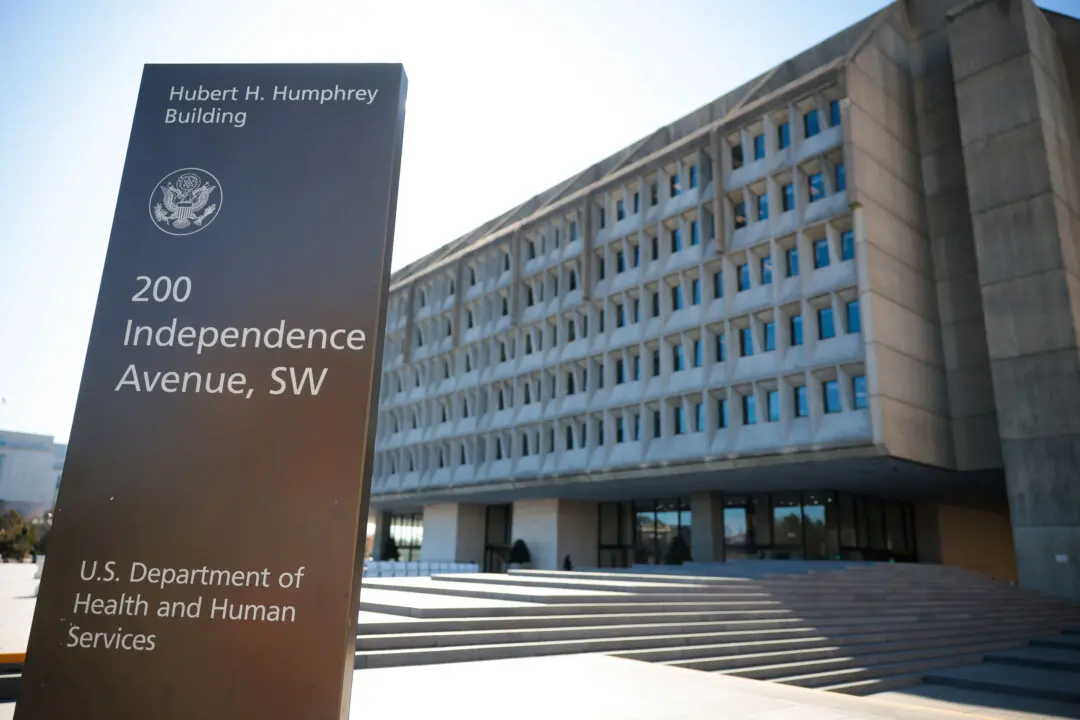New York hospitals recorded more COVID-19 patients leaving intensive care units than those that entered overnight, resulting in a negative number for the first time since officials began keeping track of metrics early in the COVID-19 pandemic.
The hardest-hit state in the nation saw a change in ICU admissions of negative-17 and a net increase in hospitalizations of just 290, another day of signs that the peak has arrived there.





